Growing Tourism Sector
The burgeoning tourism sector is anticipated to serve as a catalyst for the Hydrobike Market. As travel and leisure activities gain momentum, destinations that offer unique experiences, such as hydrobiking, are likely to attract more visitors. Market Research Future reveal that tourists are increasingly seeking out activities that provide both adventure and relaxation, with water sports being a popular choice. Hydrobikes, which offer a distinctive way to explore scenic waterways, may become a staple in tourist destinations. This trend could lead to increased rental services and sales of hydrobikes, further propelling the Hydrobike Market. The interplay between tourism and recreational activities may create a robust market environment for hydrobikes in the coming years.
Environmental Awareness
The heightened focus on environmental sustainability is likely to influence the Hydrobike Market positively. As consumers become more conscious of their ecological footprint, there is a growing preference for eco-friendly recreational options. Hydrobikes, often constructed from sustainable materials and designed for minimal environmental impact, align well with this trend. Market data suggests that outdoor recreational activities are increasingly being scrutinized for their environmental effects, leading to a shift towards greener alternatives. This shift may drive demand for hydrobikes, as they provide a means of enjoying water activities without contributing to pollution. The Hydrobike Market could see a rise in interest from environmentally conscious consumers who are eager to engage in sustainable leisure activities.
Technological Innovations
Technological advancements are reshaping the Hydrobike Market, introducing new features that enhance user experience. Innovations such as improved propulsion systems, lightweight materials, and integrated smart technology are making hydrobikes more appealing to a broader audience. Recent market analysis indicates that consumers are increasingly drawn to products that incorporate technology for enhanced performance and convenience. For instance, features like GPS tracking and fitness monitoring can attract tech-savvy individuals looking for a modern twist on traditional water sports. As manufacturers continue to invest in research and development, the Hydrobike Market is poised for growth, driven by the introduction of cutting-edge designs and functionalities that cater to evolving consumer preferences.
Rising Health Consciousness
The increasing awareness of health and fitness among individuals appears to be a pivotal driver for the Hydrobike Market. As more people seek enjoyable ways to stay active, hydrobikes offer a unique blend of exercise and leisure. This trend is reflected in the growing number of fitness enthusiasts who are gravitating towards water-based activities. According to recent data, the fitness equipment market has seen a surge in demand for innovative products that promote cardiovascular health and overall well-being. Hydrobikes, with their low-impact nature, cater to this demographic, potentially leading to a significant uptick in sales within the Hydrobike Market. Furthermore, the appeal of exercising in natural settings may enhance the attractiveness of hydrobikes, as consumers increasingly prioritize experiences that combine fitness with outdoor enjoyment.
Expansion of Recreational Facilities
The expansion of recreational facilities, including lakes, rivers, and coastal areas, is likely to bolster the Hydrobike Market. As more locations develop infrastructure for water-based activities, the accessibility of hydrobikes increases, encouraging participation in this unique form of exercise. Data indicates that regions with enhanced recreational offerings tend to see a rise in outdoor activity participation rates. This trend suggests that as communities invest in water sports facilities, the demand for hydrobikes may correspondingly rise. The Hydrobike Market could benefit from partnerships with local governments and recreational organizations to promote hydrobiking as a viable and enjoyable activity for residents and tourists alike.


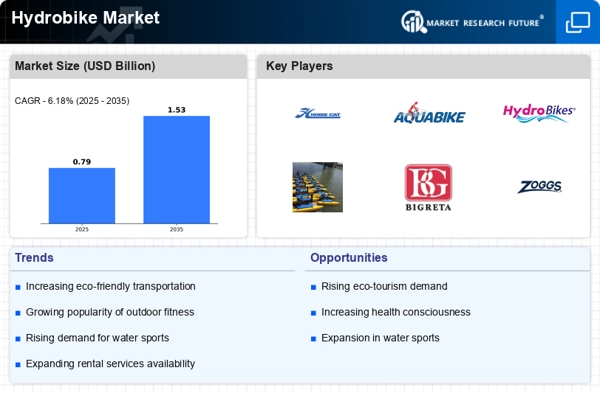
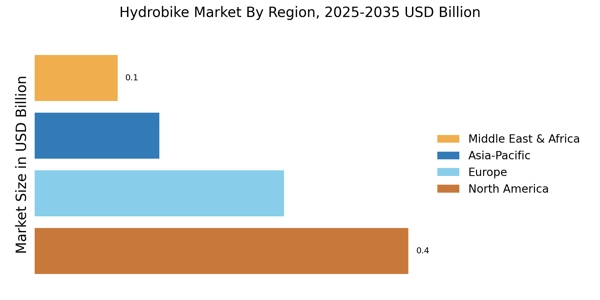
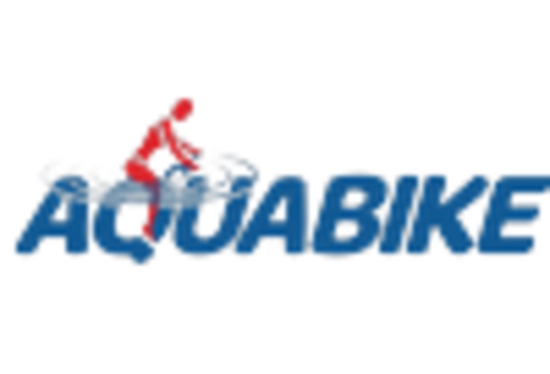

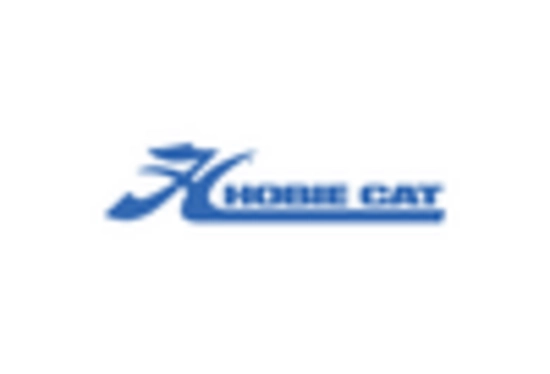

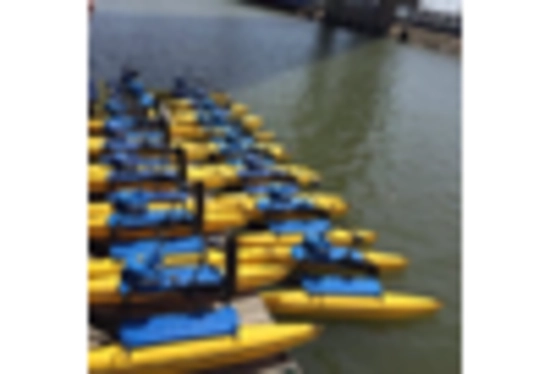
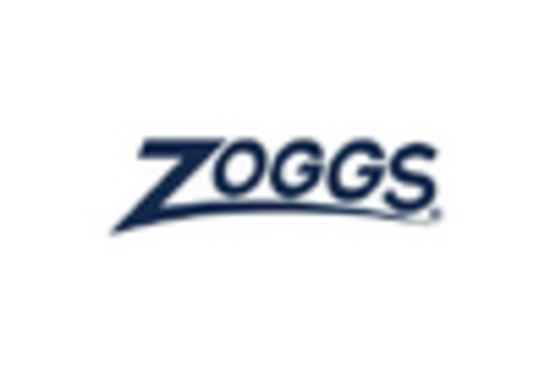








Leave a Comment